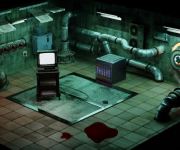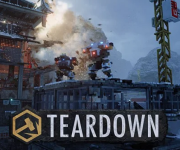OpenFront
OpenFront introduces the player to a global conflict in real time. Each participant begins with a single region, limited units, and control over a narrow piece of land. The objective is simple — expand. But the process is shaped by countless variables. Other players are making moves at the same time. Resources must be distributed wisely. The front line never stays still for long. Early turns may feel calm, but the map quickly shifts from open to crowded.
Management Above All
Unlike reaction-based games, OpenFront centers around decision making. Every action — from building infrastructure to moving units — takes time and has consequences. Players must decide when to grow, when to defend, and when to take space from others. No single strategy works every time. Success depends on reading the map and adjusting when needed. Some players may build a strong base and hold position, while others press early to dominate neighbors.
Gameplay Components That Define OpenFront
- Real-time world conquest structure
- Multiple unit types with unique strengths
- Infrastructure management and resource flow
- Territory expansion without fixed borders
- Dynamic alliances and diplomacy options
- Hostile or cooperative interaction with other players
- Fog of war and limited visibility
- Browser-based interface, no installation required
- Matches that evolve through player decisions
- No scripted outcomes or static paths
These mechanics support flexibility and encourage adaptation in every match.
Territory Is Information
One of the key elements in OpenFront is visibility. Players can only see part of the map unless they explore or scout. This makes every movement important — not just for control, but for knowledge. Knowing where enemies are positioned or where resources are located provides advantages beyond combat. Some players may succeed by managing economy, others by isolating threats. The game doesn’t decide who wins — it provides the tools to make winning possible.
Where Each Match Is Unique
No two matches in OpenFront play the same. The outcome is determined entirely by what players choose to do with what they are given. Some games end quickly with a bold attack. Others stretch out as alliances shift and borders slowly change. There is no final rulebook — only a set of systems that reward careful play and fast thinking. Whether playing solo against others or coordinating with teammates, each session becomes its own map of decisions, drawn by movement and shaped by risk.







































































